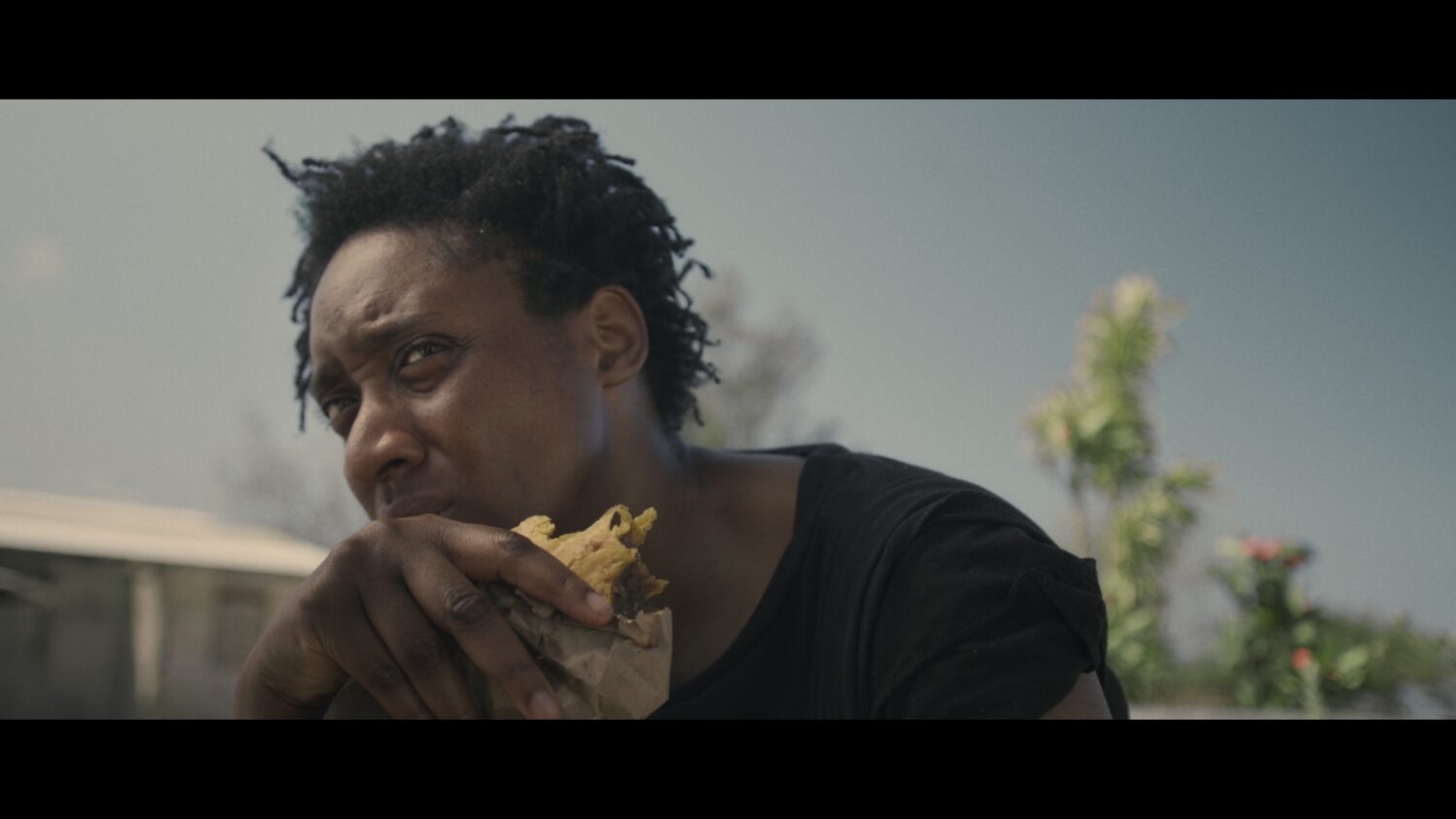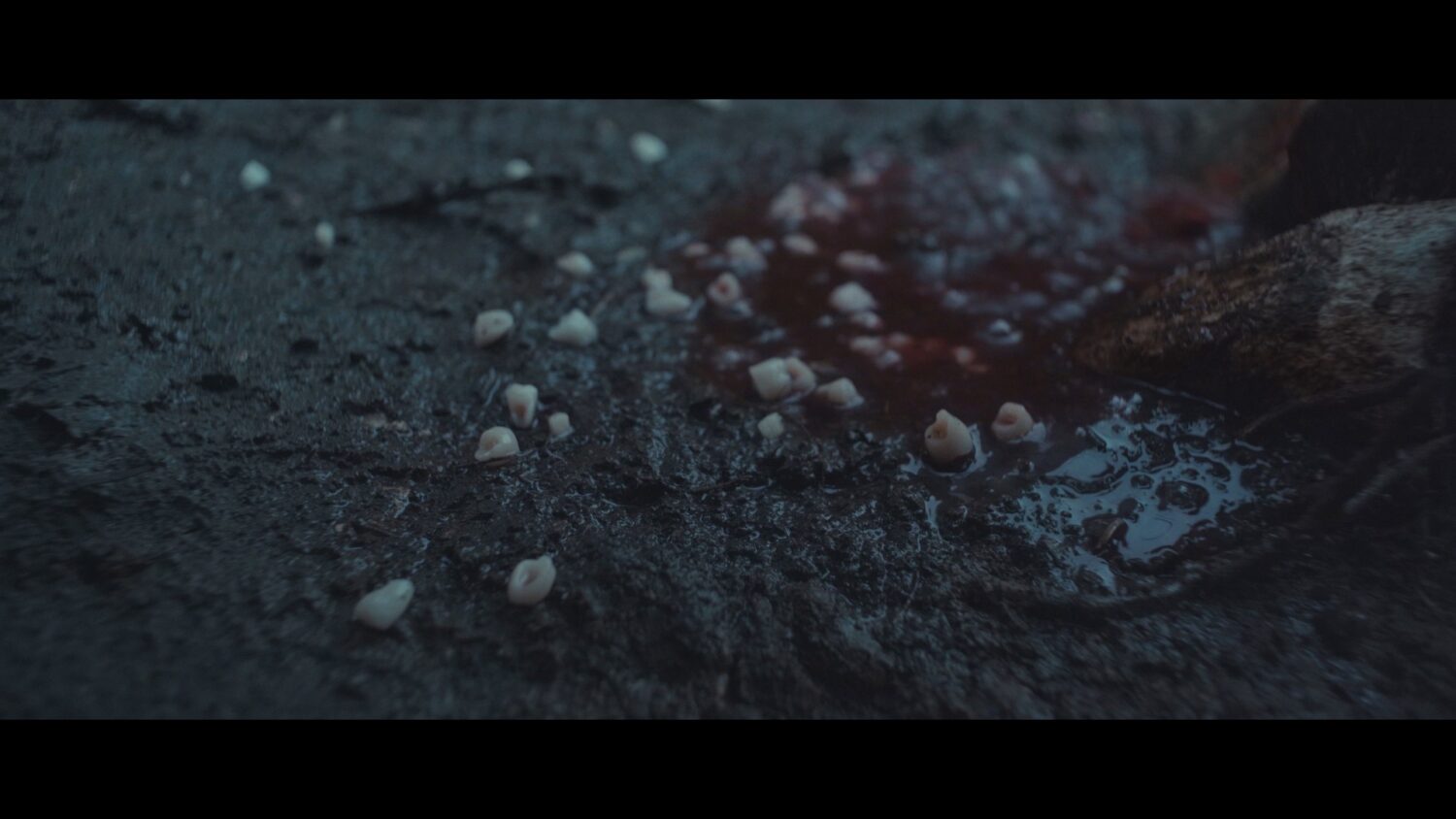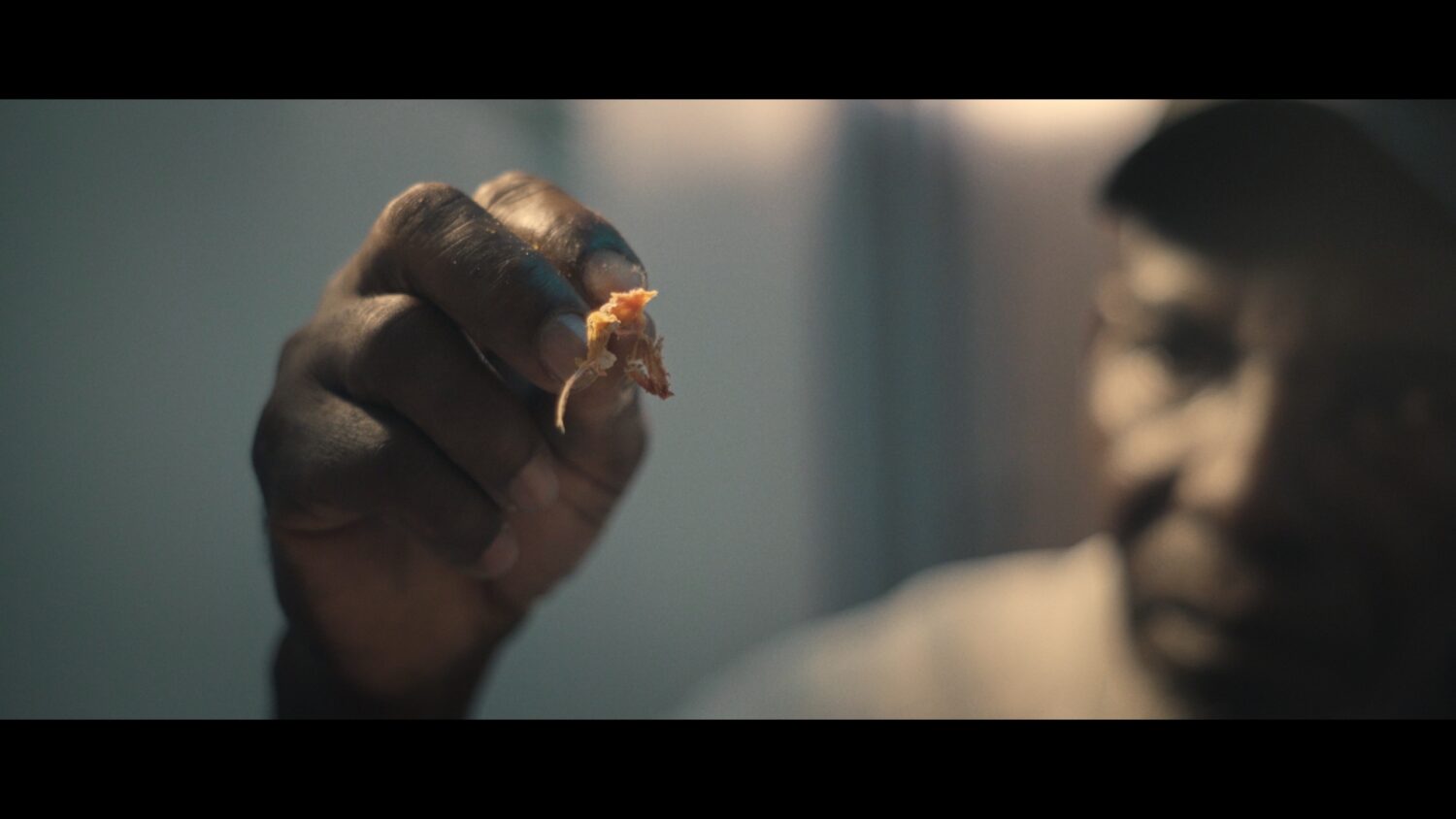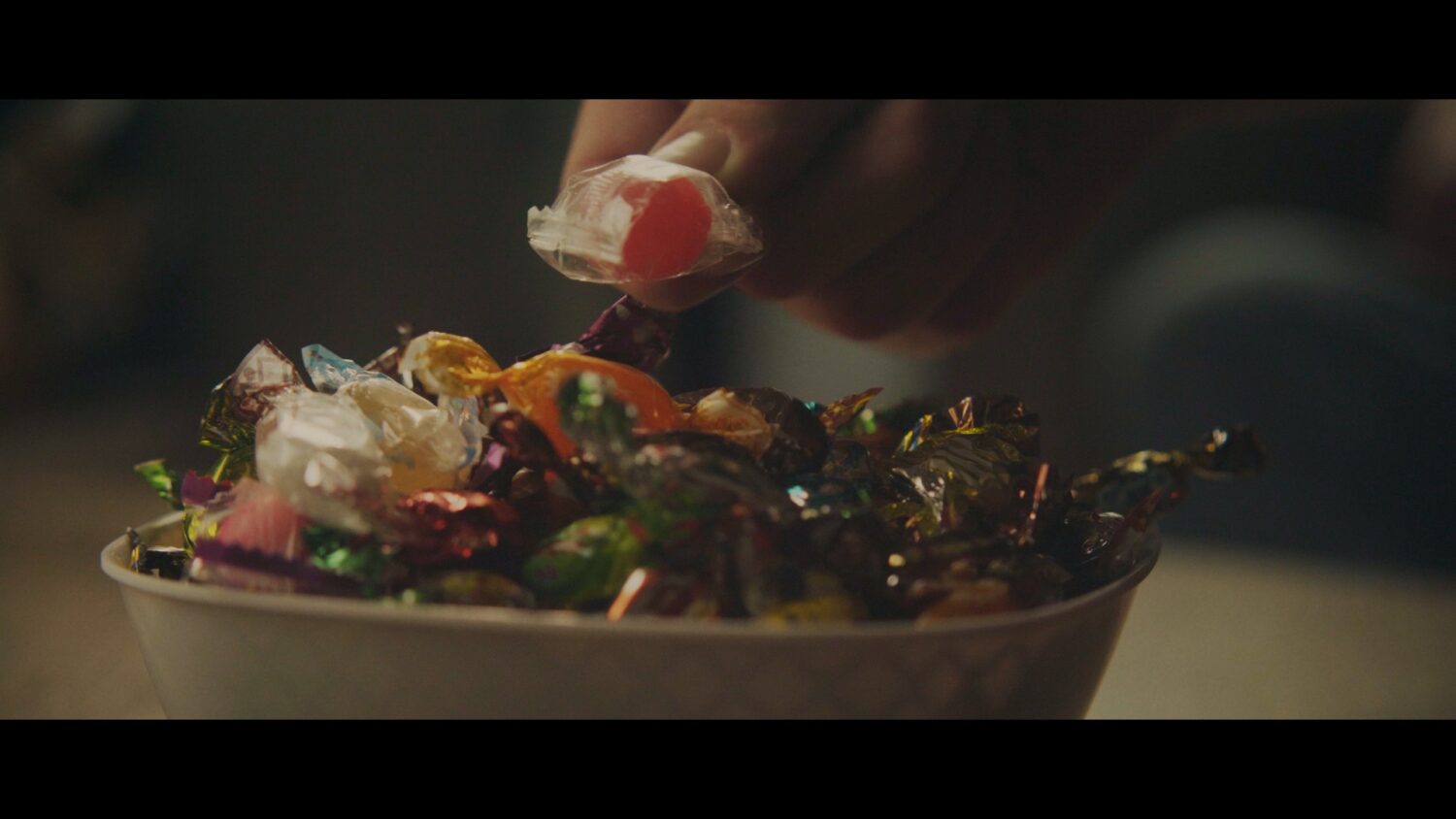Meet Kat Anderson, Winner of the Inaugural East London Art Prize
By Something CuratedSince 1994, Bow Arts has nurtured London’s burgeoning artistic talent, providing creative practitioners with subsidised workspace and mentoring. Their latest initiative, the East London Art Prize, celebrates and promotes art made in the cultural hub of east London. The award’s inaugural winner, Kat Anderson — selected by a panel of judges including artist Larry Achiampong and Guts Gallery founder Ellie Pennick — is set to present a solo exhibition of their work at Nunnery Gallery from 9 February to 21 April 2024. The artist will premiere a fictional short film and new works on paper, which explore the impact of sugar on the African-Caribbean Diaspora. To learn more, Something Curated spoke with Anderson.

Something Curated: What draws you to the genre of horror — particularly as a lens to explore representations of the Black body?
Kat Anderson: I’m a big horror fan and have been watching horror films since I was very young. We had a family friend who owned a VHS rentals place and my aunty would get all of the latest films for free. Her selection was mostly kung fu and horror films — and my cousin and I would sneak and watch them when the adults weren’t around.
Using horror as a vehicle to discuss White supremacy, Black trauma and mental illness came about through my own mental illness. I have always had an active imagination and that, combined with difficult events in younger life, triggered a lot of violent thoughts and images, which I kept to myself. Since then, I have thought a lot about the notion of what “horror” actually is — what is the difference between the portrayal of real horror and fictional horror? Why is discussing mental health and the trauma we experience, particularly in the Black community, so taboo?
At the same time, I was noticing the negative ways in which Black people were being portrayed on TV. As an artist, living in a Black body with mental illness, and with my love of horror films, it seemed like the most natural coming together of positionality and interests.

SC: Tell us about the process of making Las, Fiya — how was your experience shooting on a sugarcane farm in Jamaica?
KA: The process of shooting Las, Fiya was very intense. We had to manage our emotional responses, whilst trying to get a lot of footage in a short space of time. It was our first film production abroad and also outside of a studio environment, so it was a steep learning curve for all of the production team. Mr. Buggs’ farm in Westmoreland was high up in the hills so it was a mission to get there with all of our gear, team and actors, especially in the rain — it was rainy season in Jamaica.
We spent two days there, which included one day filming with the farmers, recording the 18th century technologies and processes that are still used on the farm, such as the mule-powered cane mill. The following day, we shot with the actors. All of us were seeing all of this for the first time. It was a profound collective and personal experience: powerful, painful, spiritual, beautiful.
SC: Could you expand on your interest in the crop, both narratively and materially?
KA: I am Jamaican — on my mother’s side — and I guess because of that, a kind of meditation on sugarcane and its relationship to my family has been a recurring thing. However, over the past two years, I have been coming to terms with finding out that I have type 2 diabetes and this was really the springboard to reengaging with the crop.

Sugarcane has been the material of much violence and trauma to the Caribbean and its people, including we in the Diaspora. For me, there isn’t a distinction to be drawn between its significance narratively and materially — they have always been one in the same. Sugarcane, and the plantations which it was grown on, was and continues to be the source of displacement, impoverishment and dispossession of Caribbean people, as well as a site of White supremacy and White capitalist imprisonment.
SC: How have you approached utilising sound in the new film?
KA: Much in the same way that I approached the images. Sometimes the sound is helping to tell the underlying narrative, other times it veers off and is incongruous, mysterious, affecting to aid the more conceptual aspects of the work. I recorded using field recorders, contact mics and a shotgun mic mounted onto the camera and I was using all techniques, most of the time to gather sound sources. There is also a narrated track, running through the film, that I wrote and performed.
SC: What does it mean to you to be the inaugural winner of the East London Art Prize?
KA: Being the first winner of the prize is a privilege, but in a way, I think I will only fully understand what it means, much later, in years to come. It is definitely a lovely feeling to get that kind of acknowledgement from the art community. Having the opportunity to create new work and show it at Nunnery Gallery is brilliant and I hope that it can lead to other opportunities. I have met some lovely people and got to go home, for which, I am very grateful.

SC: Can you talk about the paper works also being shown at Nunnery Gallery next month?
KA: In many ways, this is the experimental part of the project and exhibition, as I’ve never made paper before. I am making paper from a sugarcane by-product called bagasse, which is the fibrous trash that you’re left with once you crush the cane. So the process is crushing the cane with a manual crusher to extract the juice, drying out the bagasse and blending it down into a pulp in a food processor, and then using a deckle and mould to form the paper sheet.
In addition, I will make and use other cane products like molasses, wet sugar and raw cane juice to paint with during the mould process. I wanted a way to commune with the cane and ancestors, like a form of clairvoyance. Whatever the spirits and cane choose to reveal is what we will see.
SC: And what are you currently reading?
KA: A Small Place by Jamaica Kincaid.
Feature image: Kat Anderson, Las, Fiya (Last, Fire), 2024. DoP: Edward PG Tucker. Colourist: Lulu Colour